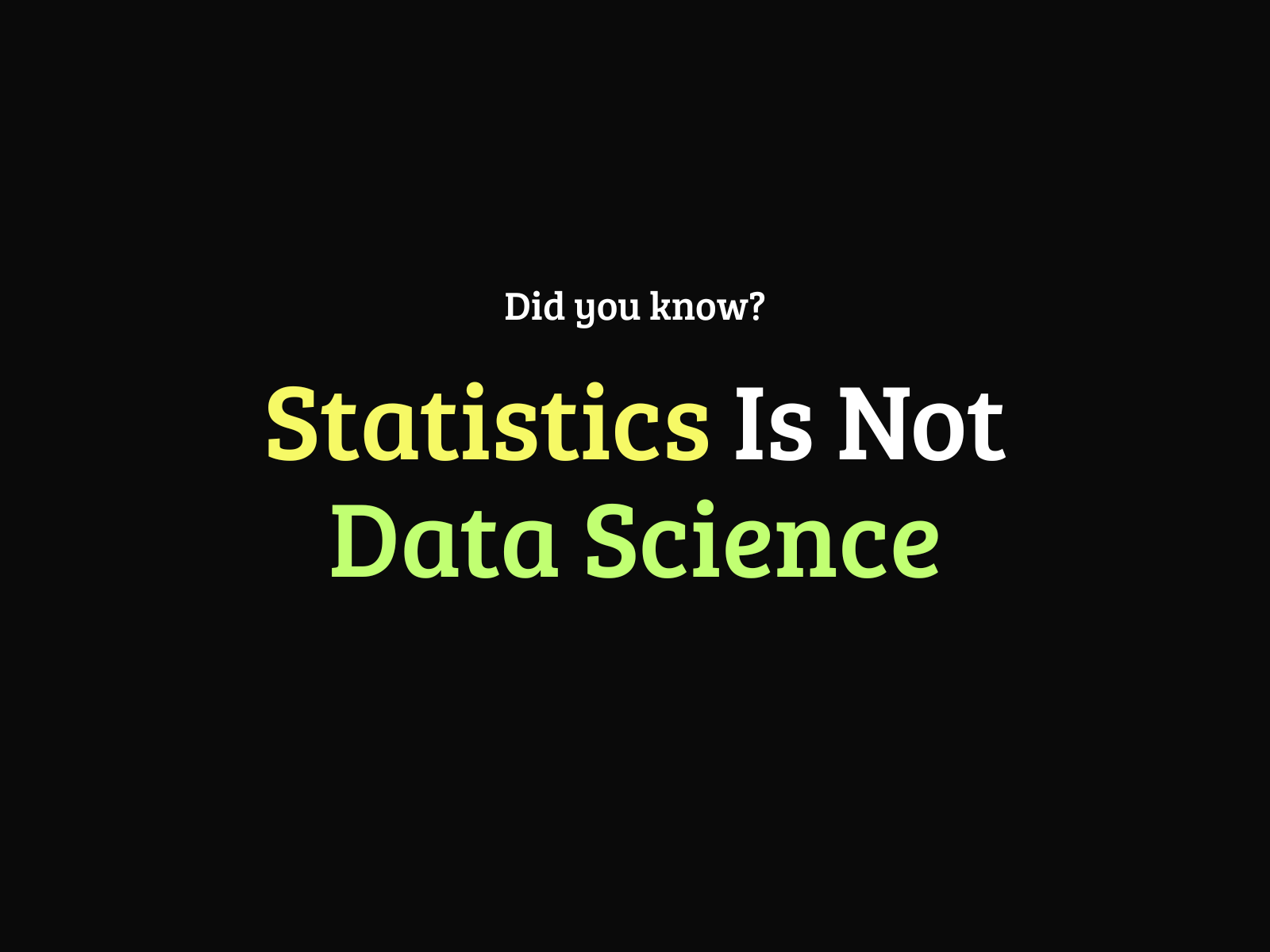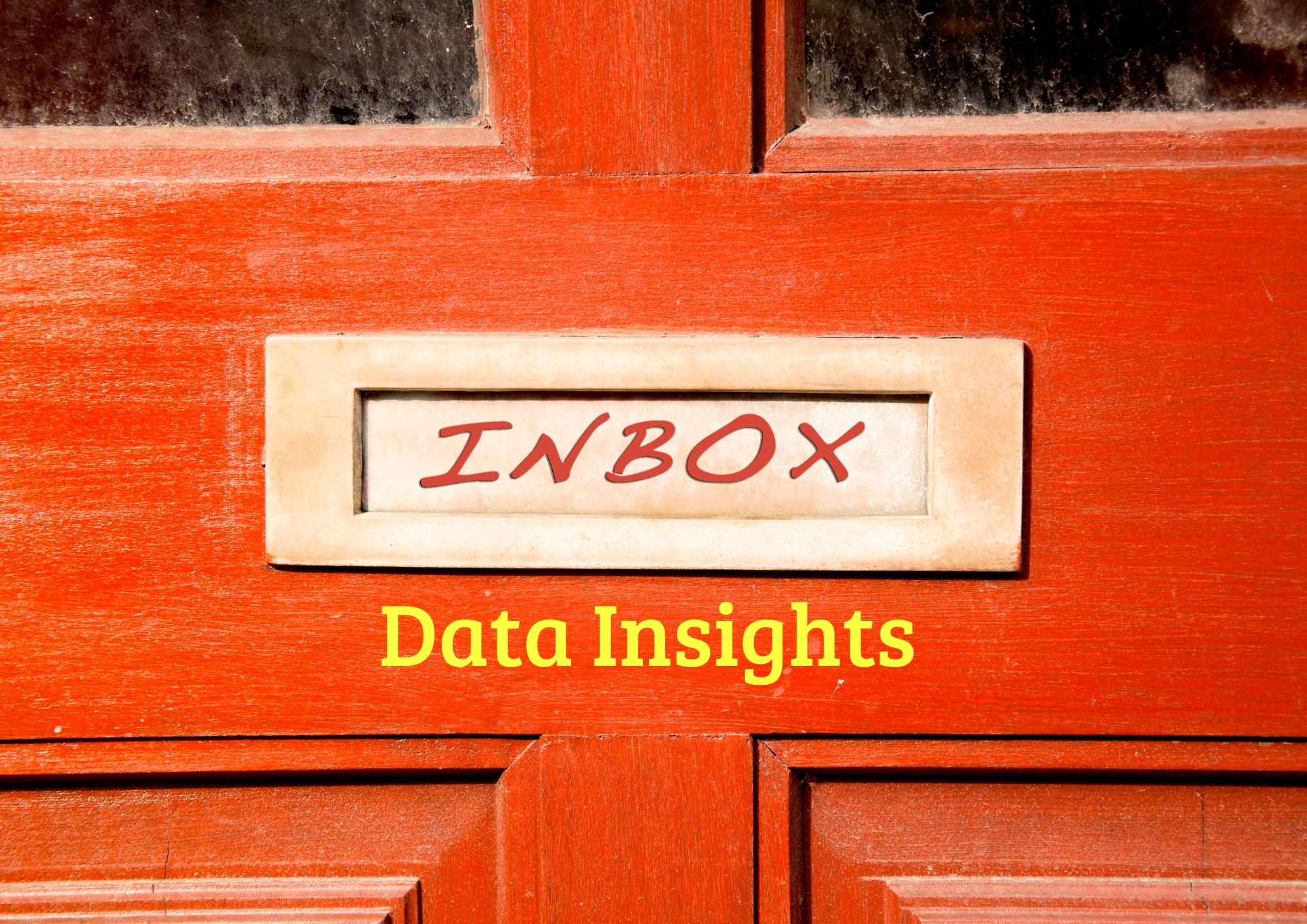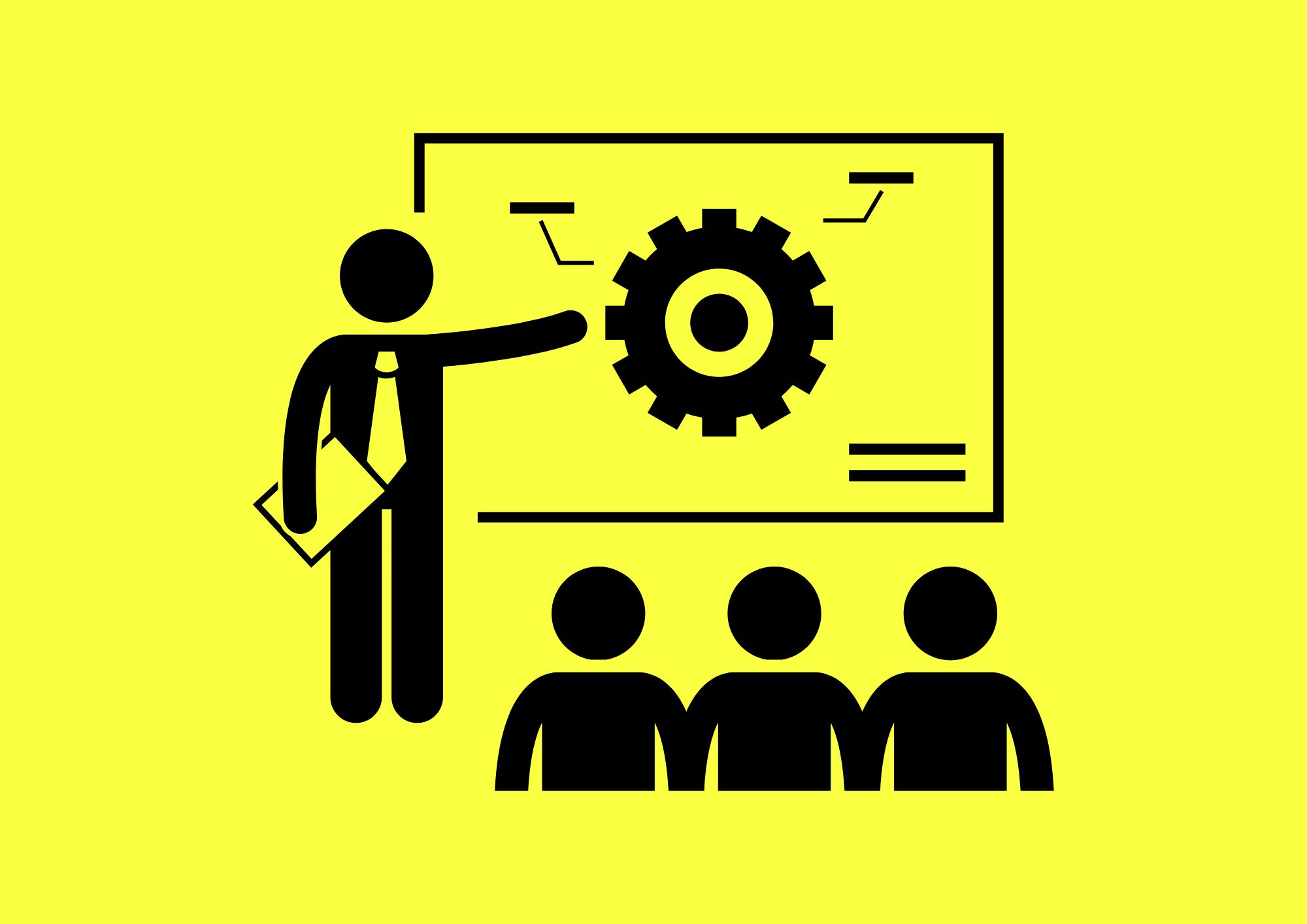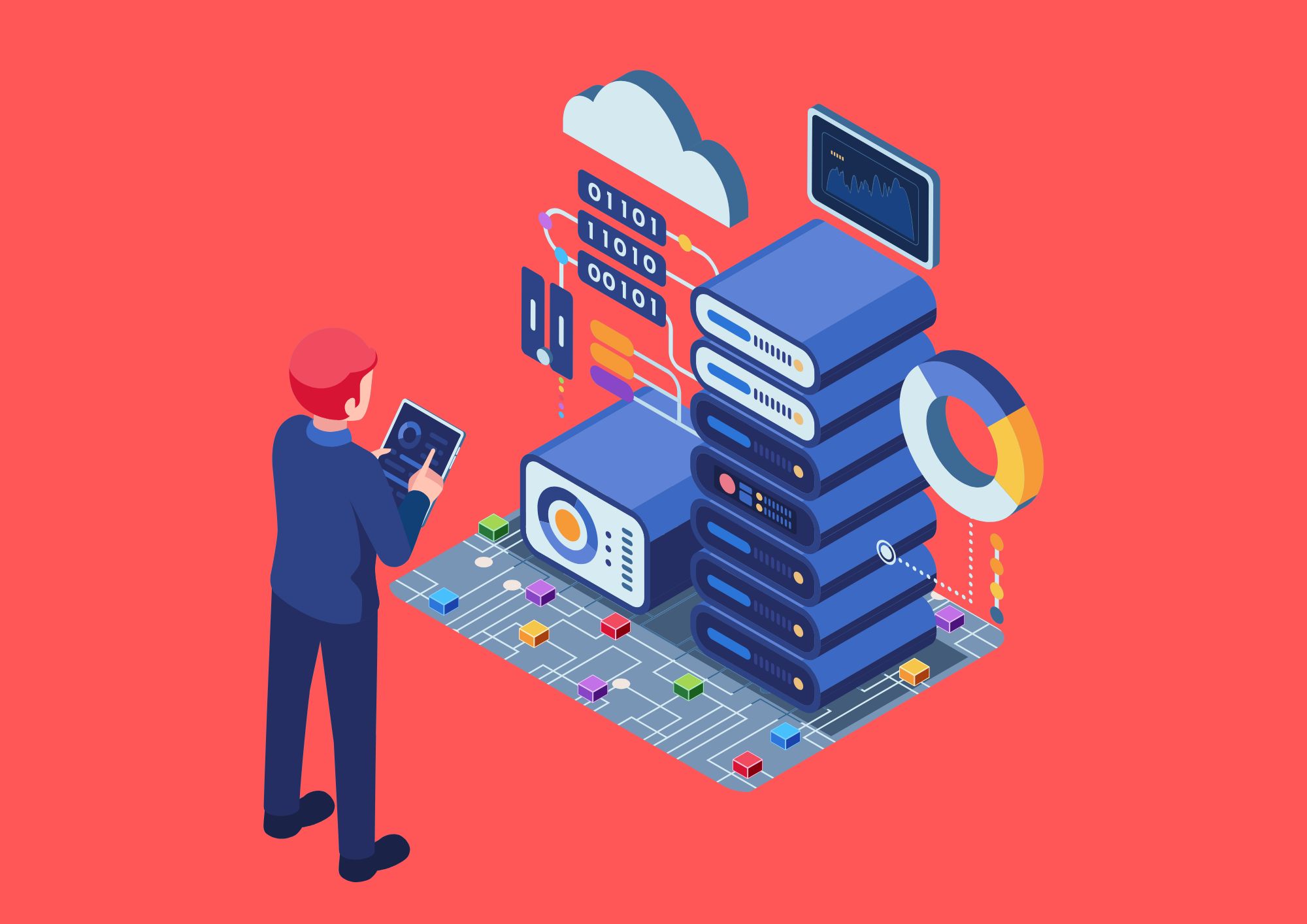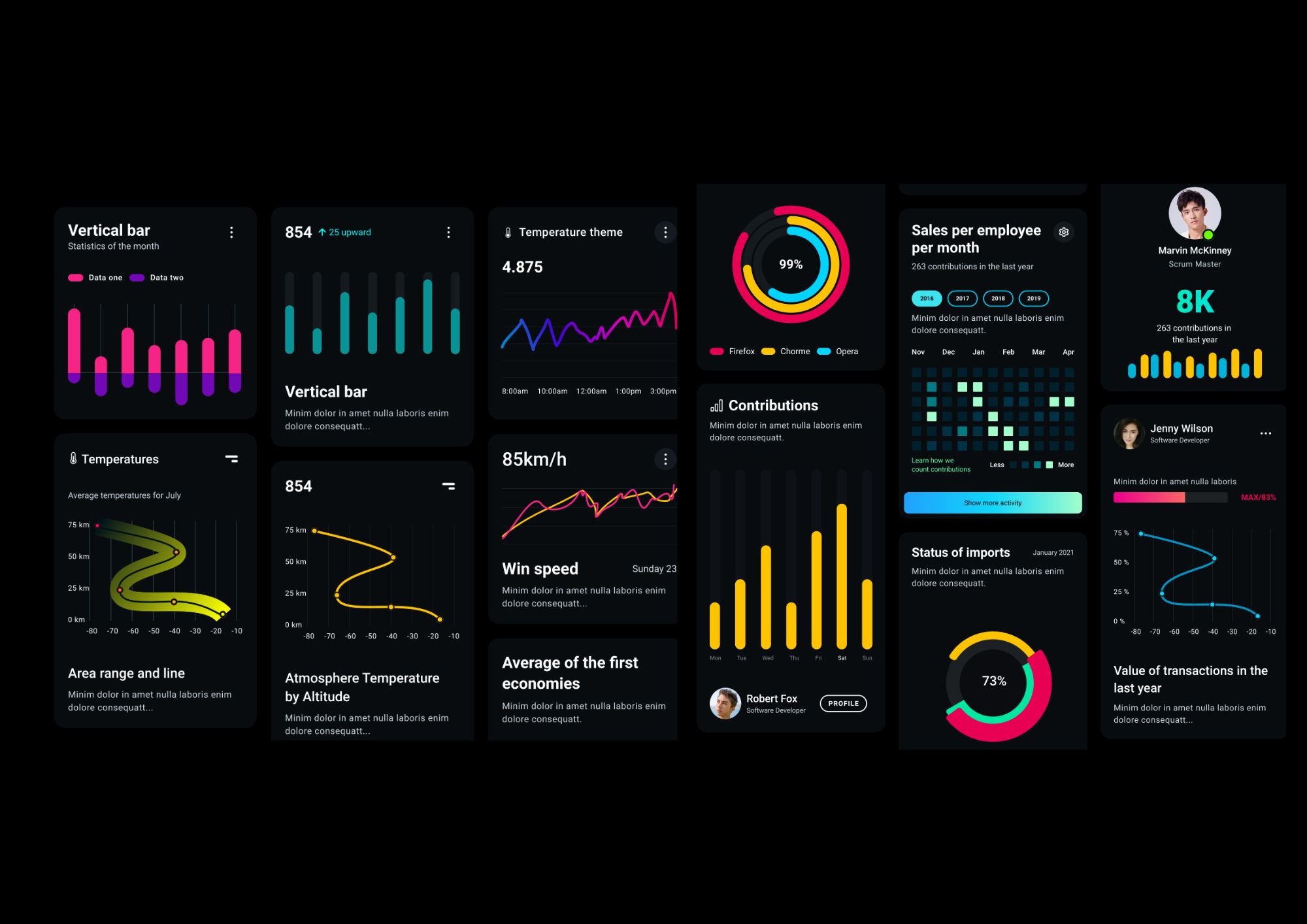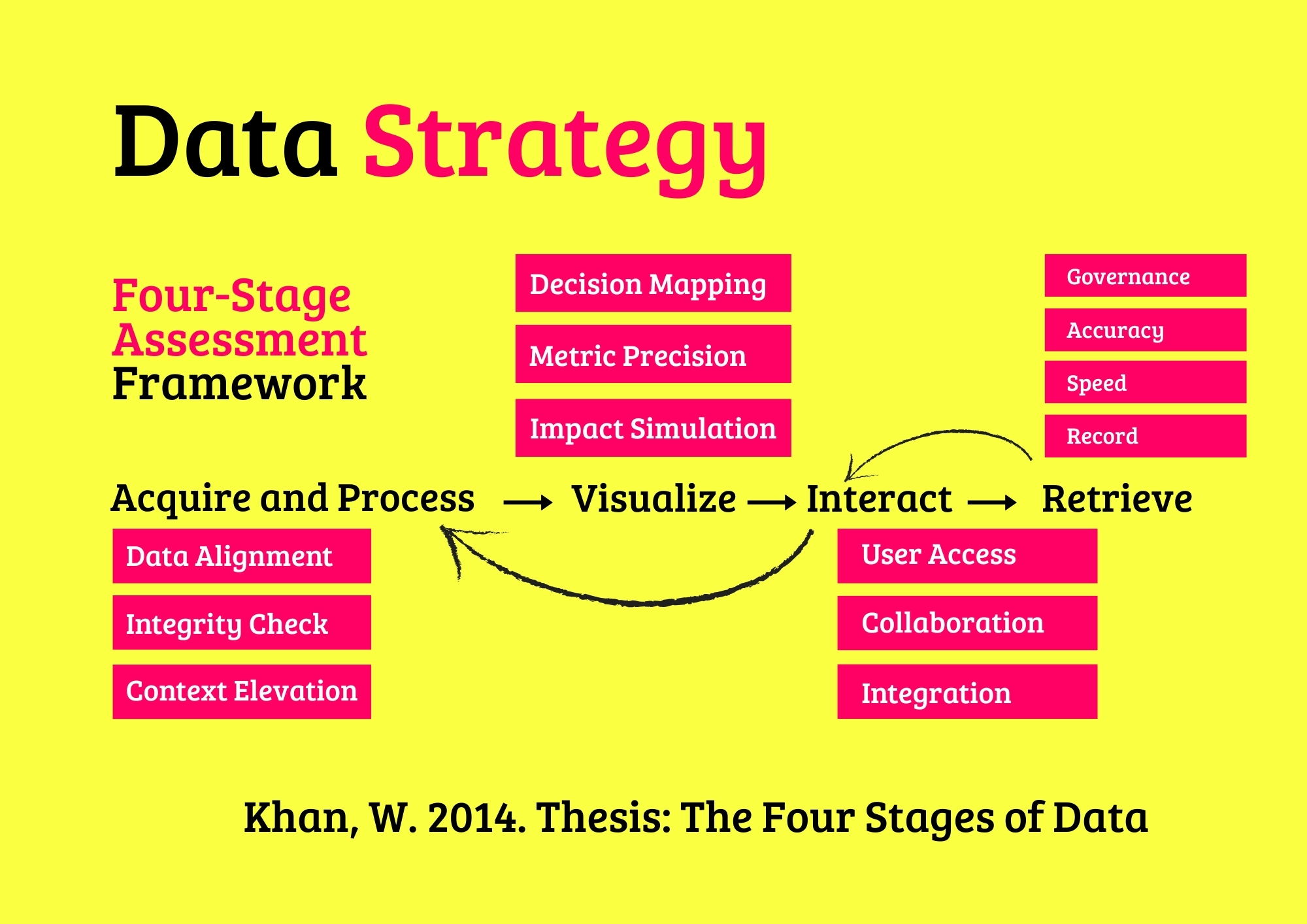Introduction
The rise of Data Science as an independent discipline has rattled traditional academic silos. Many attempt to reduce it to a rebranding of Statistics—but such simplification does a disservice to both fields. While both manipulate data, their philosophies, toolkits, and deliverables are built for entirely different missions.
In this article, we present ten academically and practically grounded reasons why Data Science is not Statistics, with Data Science taking the centre stage as the hero of modern analytics, and Statistics respectfully critiqued for its narrowness and rigidity in today’s complex data landscape.
1. Predictive Power > Probabilistic Rigor
Data Science: Forward-Looking and Adaptive
Data Science thrives on predictive accuracy. It doesn’t merely interpret the past—it models the future. From recommender systems to dynamic pricing, its value lies in forecasting with precision, not just explaining variance.
Statistics: Bound to Retrospective Logic
Traditional statistics clings to inferential rituals: p-values, confidence intervals, and assumptions that rarely hold in real-world data. It’s slow to adapt, and often blind to operational impact.
Verdict:
Statistics asks “Is this effect real?”
Data Science asks “Can we bet money on this result tomorrow?”
2. Code is Culture
Data Science: Software-First Thinking
A Data Scientist builds pipelines, APIs, and model deployment stacks. Code isn’t a tool—it’s the language of execution. Reproducibility, automation, and real-time inference are foundational.
Statistics: Code as an Afterthought
Many statistical workflows live in isolated R scripts or SPSS GUIs, often unfit for production or scale. No Git. No CI/CD. No containers. Just calculations.
Verdict:
In Data Science, code lives on servers.
In Statistics, code dies in the appendix.
3. Big Data Native
Data Science: Born for Volume, Variety, Velocity
Data Science excels in high-dimensional and unstructured data—text, images, streaming logs. Tools like PySpark, Kafka, HuggingFace power its frontier.
Statistics: Choked by Scale
Statistical models balk at 10 million rows or non-tabular data. Even basic regressions struggle with memory, let alone training a transformer.
Verdict:
Data Science eats petabytes for breakfast.
Statistics prefers a CSV and a cup of tea.
4. Algorithmic Thinking
Data Science: Heuristics Over Hypotheses
Rather than defending assumptions, Data Science tests models through empirical validation—cross-validation, A/B testing, ensemble learning.
Statistics: Worships Assumptions
Violating normality or homoscedasticity? Prepare for rejection. Even when the assumptions are unrealistic, they’re treated as sacred.
Verdict:
Data Science says: “Let the data decide.”
Statistics says: “Let the assumptions dictate.”
5. Deployed Intelligence
Data Science: Models That Live and Learn
In Data Science, models go live. They influence business decisions, drive automation, and adapt through feedback loops.
Statistics: Models That Sit on Paper
Statistical models often live in PDFs and PowerPoints, rarely leaving the analyst’s desk. No DevOps, no MLOps, no real-world loop.
Verdict:
A deployed model is worth more than a published coefficient.
6. Real-World Messiness
Data Science: Embraces Imperfection
Data Science assumes dirty, incomplete, biased datasets. It thrives in chaos—scraping social media, parsing logs, correcting for noise.
Statistics: Demands Laboratory Conditions
Clean, structured, normally distributed samples? Great—but who gets that in the wild? Statisticians often discard or avoid data that doesn’t comply.
Verdict:
Data Science wrestles reality.
Statistics avoids it.
7. Interdisciplinary Engine
Data Science: Hybridised by Design
It blends computer science, business, design thinking, and mathematics. A data scientist speaks SQL, Python, and KPI fluently.
Statistics: Walled by Tradition
Often stuck in silos—biostatistics, econometrics, psychometrics—rarely venturing into tech stacks, UX, or engineering systems.
Verdict:
Data Science builds bridges.
Statistics builds towers.
8. Empirical > Theoretical
Data Science: Validates by Performance
Precision, recall, ROC-AUC, F1-score—metrics that reflect what matters in deployment. If it works in production, it’s valuable.
Statistics: Proves by Math
Mathematical convergence, unbiasedness, asymptotic efficiency—important, but often divorced from practical success.
Verdict:
In Data Science, working beats proving.
In Statistics, proof is the goal, even if it never ships.
9. Evolving as a Field
Data Science: Dynamic, Industry-Driven Evolution
Conferences like NeurIPS, ICML, and tools like LangChain, LLMOps push the field forward. New journals and curricula emerge annually.
Statistics: Academically Static
Journals change slowly. Courses look similar to those in the 1990s. Adaptation lags behind real-world needs.
Verdict:
Data Science iterates like a startup.
Statistics defends like a fortress.
10. Cultural Momentum
Data Science: Buzzing with Innovation
It’s where the jobs are, the capital flows, and the breakthroughs happen. Think ChatGPT, Tesla Autopilot, or Netflix algorithms—this is Data Science’s empire.
Statistics: Relegated to Niche Domains
Still powerful, but no longer the centre of the conversation. It’s a spoke, not the wheel.
Verdict:
Data Science defines the now.
Statistics defends the past.
Conclusion
Data Science is not a subset of Statistics—it is a paradigm shift. While both fields offer valuable lenses, Data Science dominates the modern analytical landscape due to its adaptability, scale, and outcome-driven ethos. To conflate the two is to ignore the explosive interdisciplinarity, computational robustness, and real-world relevance that make Data Science the beating heart of 21st-century decision-making.
If you’re still clinging to the statistical view of the world, ask yourself this:
Is your model live, learning, and delivering impact?
If not, you’re not doing Data Science.


